Ancient Europeans ate the brains of their dead enemies 18,000 years ago, researchers discover
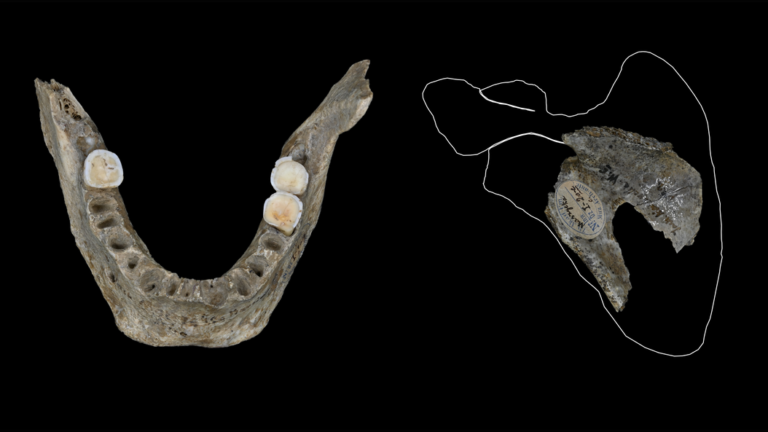
A study of skeletons from a cave in Poland has revealed widespread evidence of cut marks and fractures suggestive of cannibalism.
Science and Technolgy blog

A study of skeletons from a cave in Poland has revealed widespread evidence of cut marks and fractures suggestive of cannibalism.

Looking at AI art shows that machines may never truly understand the human mind, as there are states of mind that can never be automated.
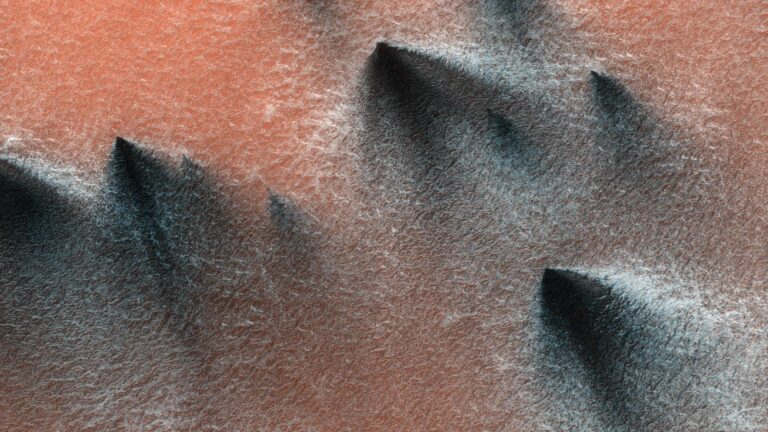
NASA shares an iconic image of carbon dioxide ice erupting in geysers when Martian winter turns to spring.
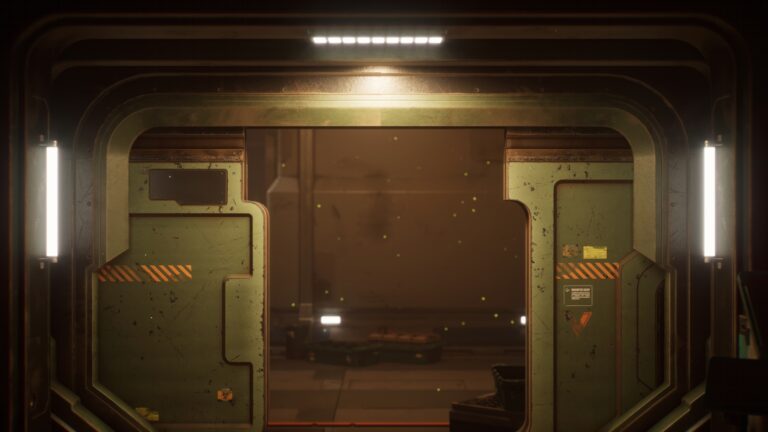
Nuclear bunkers aren’t a foolproof way to stay safe during a nuclear attack. Here’s why.
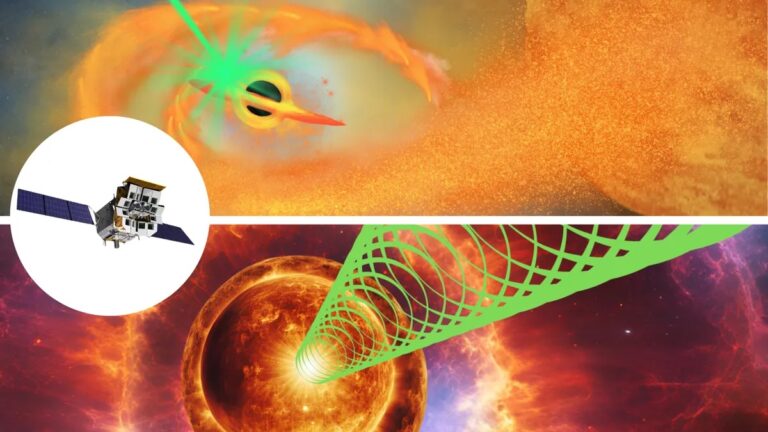
Was a powerful cosmic explosion seen by the Einstein Probe launched by a supermassive black hole snacking on a star, by a gamma-ray burst, or by something entirely new?
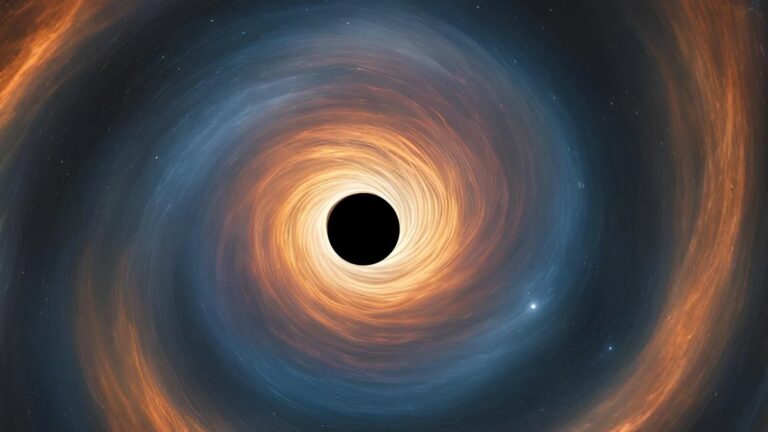
A new form of black hole archeology, linking spin to gas and dust, has revealed that these cosmic titans spin faster than expected.
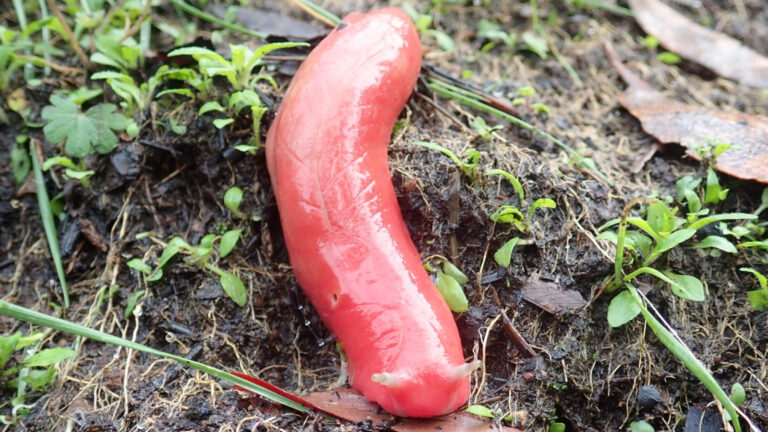
The 8-inch, bright pink slug has been isolated in a “sky island” for millions of years.
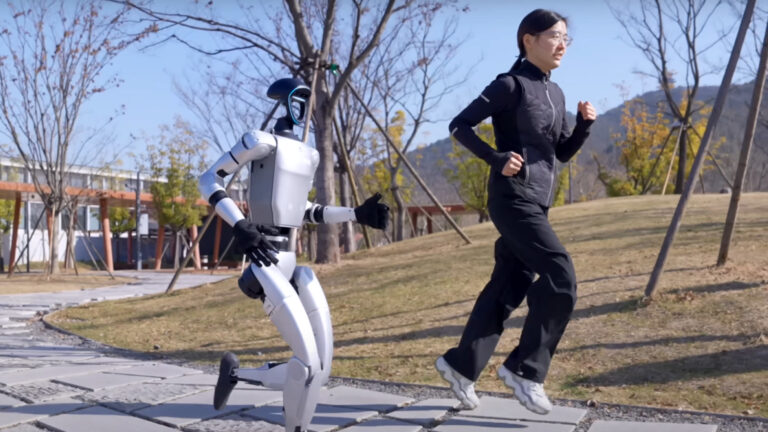
Bipedal robots have found navigating uneven terrain a steep challenge but a new hardware upgrade means they can detect their environment and respond quicker than ever before.

Life of the party Margaret S. Collins, the first Black female entomologist in the United States to earn a Ph.D., overcame racism and sexism to become a field biologist and termite expert, life sciences writer Susan Milius reported in “Termite…

Editor in chief Nancy Shute discusses the audacious ways scientists are considering to combat Earth’s rising sea levels.